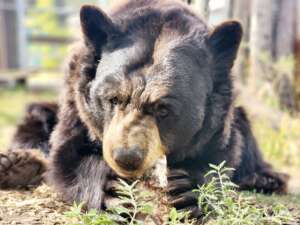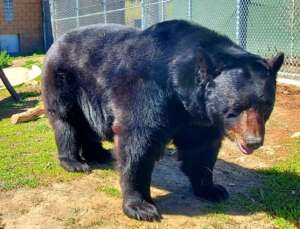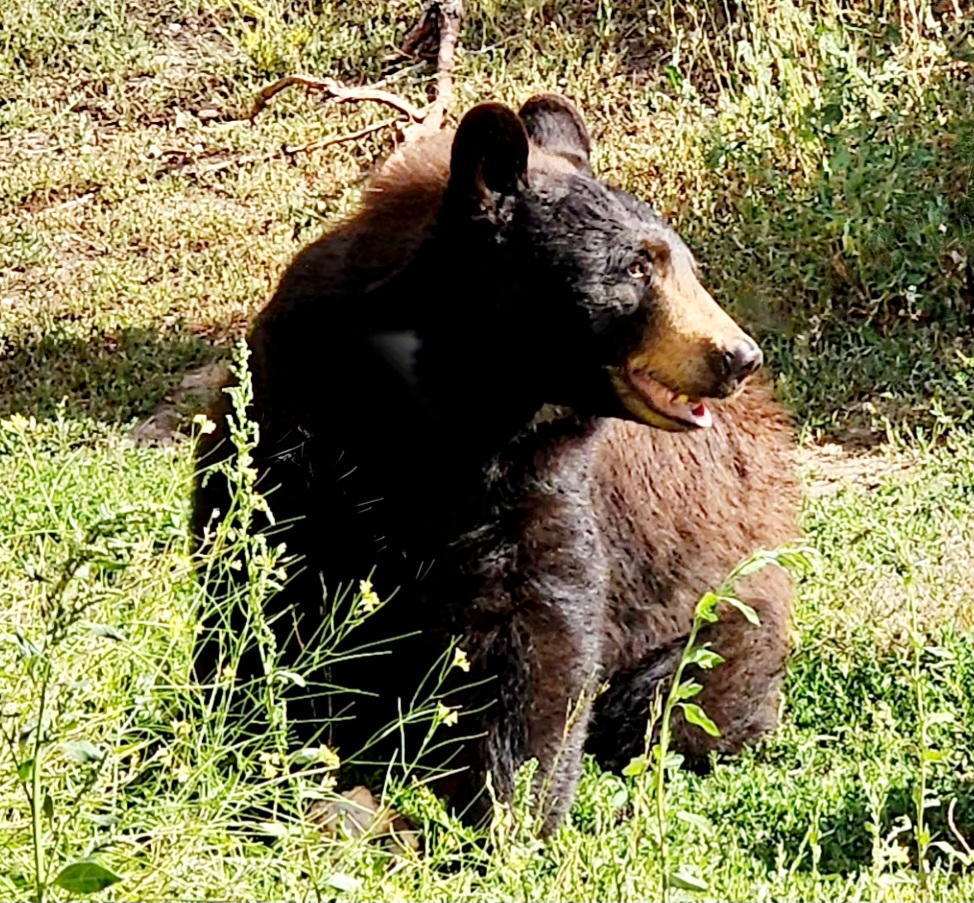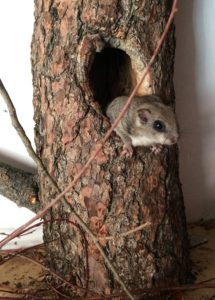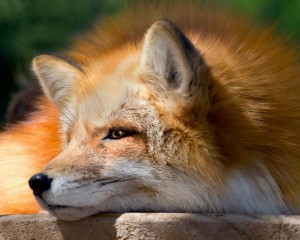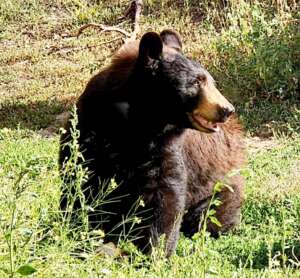
Black Bears at the Zoo
The Big Bear Alpine Zoo currently has 3 resident black bears. All of our bears are rescue bears that are unable to fend for themselves and cannot be released back to the wild.
Hollybeary – Female black bear who arrived in 2005. She was left on the doorstep of a rehabilitator when she was about 3 or 4 months old. She had a very severe skin condition that took months to resolve, but she is beautiful and healthy now. Hollybeary was bottle fed for several months after her arrival and she is now dependent on humans for her survival.
Eleanor – She was displaced by the Riverside Fire. She was estimated to be around 2 years old by local wildlife Officials. She was rehabilitated by one of the Zoo’s conservation partners and now has a permanent home at the zoo.
Pooh – He arrived at our zoo in 2012 after getting into several human/animal conflicts in the wild – the last incident involved him breaking into a honey farm and causing thousands of dollars in damages.
Description
Black Bear (Ursus americanus)
Black bears are not indigenous to Southern California. They were imported from Yosemite and introduced to the San Bernardino National Forest when the indigenous Grizzly Bear was hunted to extinction in the early 1900’s. Our black bear have all been rescued and are happy to call Big Bear Alpine Zoo their home.
What do Black Bears eat?
Black bears are omnivores and will eat just about anything. In the wild, the majority of their diet consists of vegetable matter including roots, nuts, berries and grasses.
How long do Black Bears live?
Black bears live about 15 to 25 years in captivity and much less than that in the wild.
How many Black Bears can be born at a time?
Black bear cubs are born in January or February while the mother is in the den. The litter size is anywhere from one to five cubs, but five is rare.
Where can Black Bears be found?
American black bears are found throughout North America.
Interesting facts:
- Black bears are not always black; they range in color from a deep black to white, found on the Kermode Island in Canada.
- Black bears are not indigenous to Southern California. They were introduced to San Bernardino from Yosemite when the indigenous Grizzly Bear was hunted to extinction in the early 1900’s.

